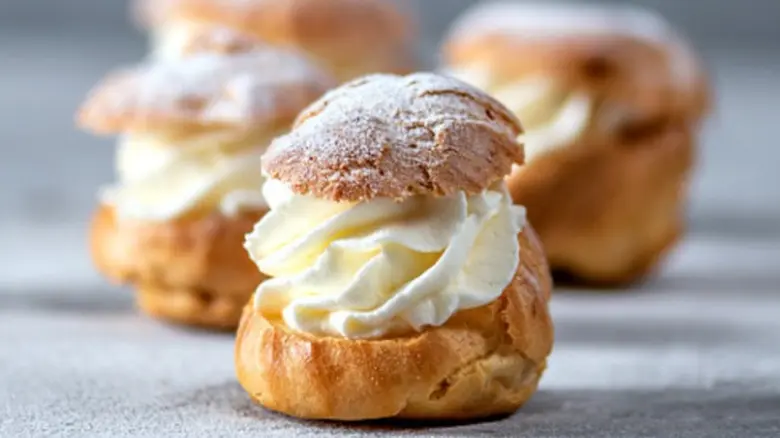The Magical Science Behind Choux Pastry
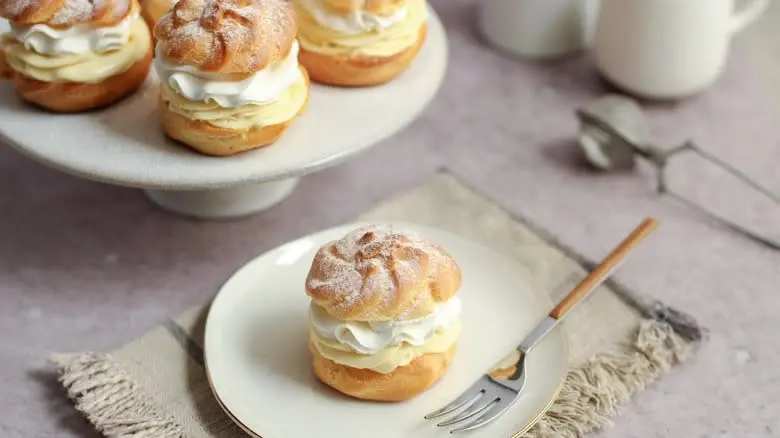
Choux pastry, also known as pâte à choux, is a deceptively simple dough that forms the basis for some of the most elegant and airy pastries in the culinary world. From delicate cream puffs to sophisticated éclairs and savory gougères, choux pastry’s versatility stems from its unique cooking process and fascinating scientific principles. Understanding the science behind this pastry not only demystifies its preparation but also empowers you to achieve consistently light and perfectly puffed results every time.
The Puffing Power: Steam and Structure
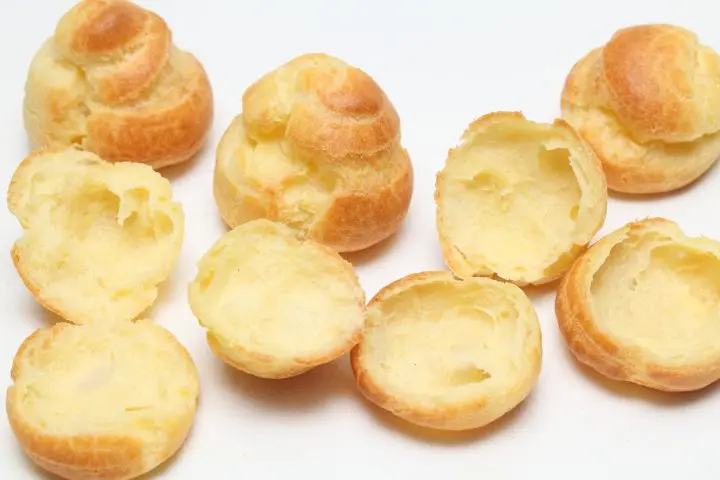
The magic of choux pastry lies in its double-cooking method. Unlike most doughs, choux pastry is first cooked on the stovetop before being baked in the oven. This initial cooking stage is crucial for gelatinizing the starch in the flour. As the dough heats with butter and liquid, the flour granules absorb the liquid and swell, creating a thick, paste-like consistency. Eggs are then incorporated, adding richness, protein, and most importantly, moisture. During baking, the high oven temperature turns the water from the eggs and the initial liquid into steam. This steam is trapped within the gelatinized starch and egg protein structure, causing the pastry to dramatically puff and expand.
Ingredient Harmony: The Key Components
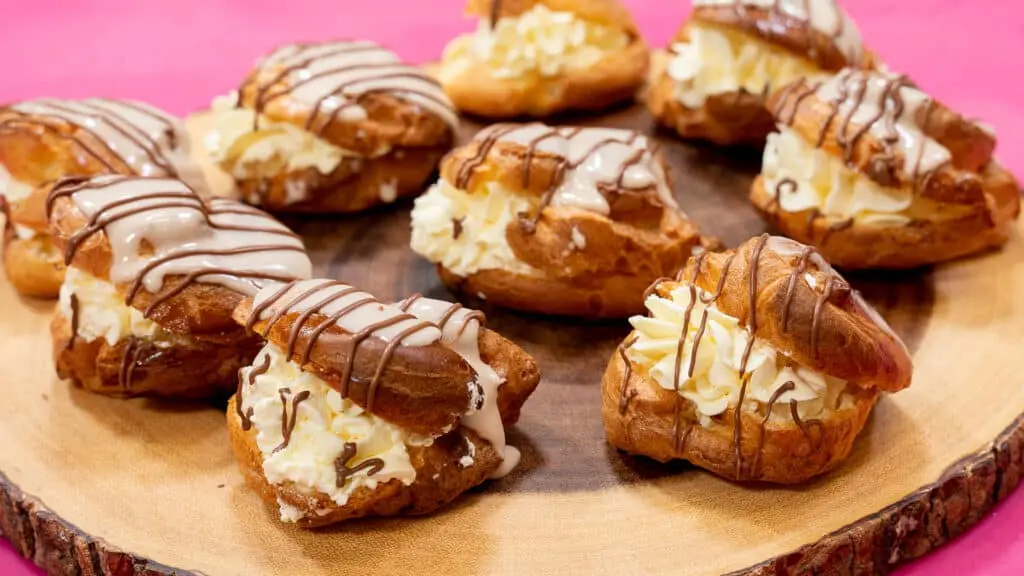
Each ingredient in choux pastry plays a vital role in its final texture and puff. Water or milk (or a combination) provides the liquid necessary for starch gelatinization and steam production. Butter adds richness, flavor, and tenderness, and also helps to create steam as it melts. Flour, typically all-purpose, provides the starch that forms the structural network of the pastry. Eggs are the powerhouse ingredient, contributing liquid for steam, protein for structure, and lecithin which acts as an emulsifier, helping to bind the fats and liquids together. The precise ratio of these ingredients is critical for success; too much or too little of any component can significantly impact the final puff and texture.
From Sweet to Savory: Endless Culinary Uses
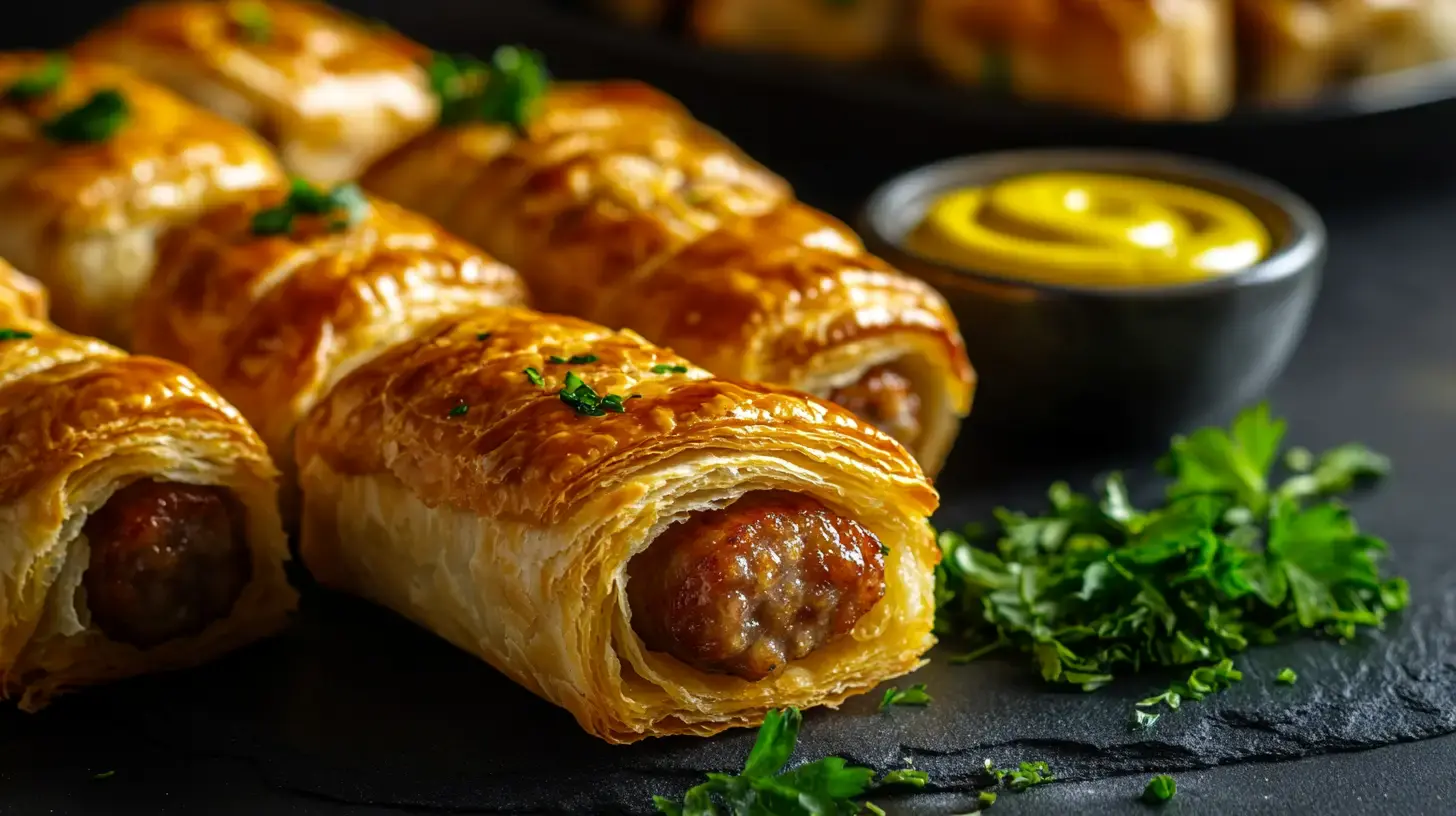
The beauty of choux pastry is its remarkable versatility. In its sweetened form, it’s the foundation for classic desserts like cream puffs and éclairs, filled with pastry cream and often glazed with chocolate or caramel. Profiteroles, small choux puffs filled with ice cream and drizzled with chocolate sauce, are another delightful application. But choux pastry isn't limited to sweet treats. When flavored with cheese and herbs, it transforms into savory gougères, perfect as appetizers or alongside soups and salads. Its neutral flavor allows it to be adapted to countless fillings and flavor combinations, making it a foundational skill for any aspiring baker seeking to explore both sweet and savory creations.
Recommended
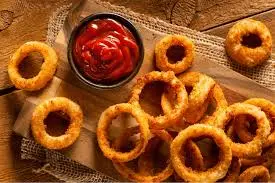
For Tastier Onion Rings, Reach For This Seasoning
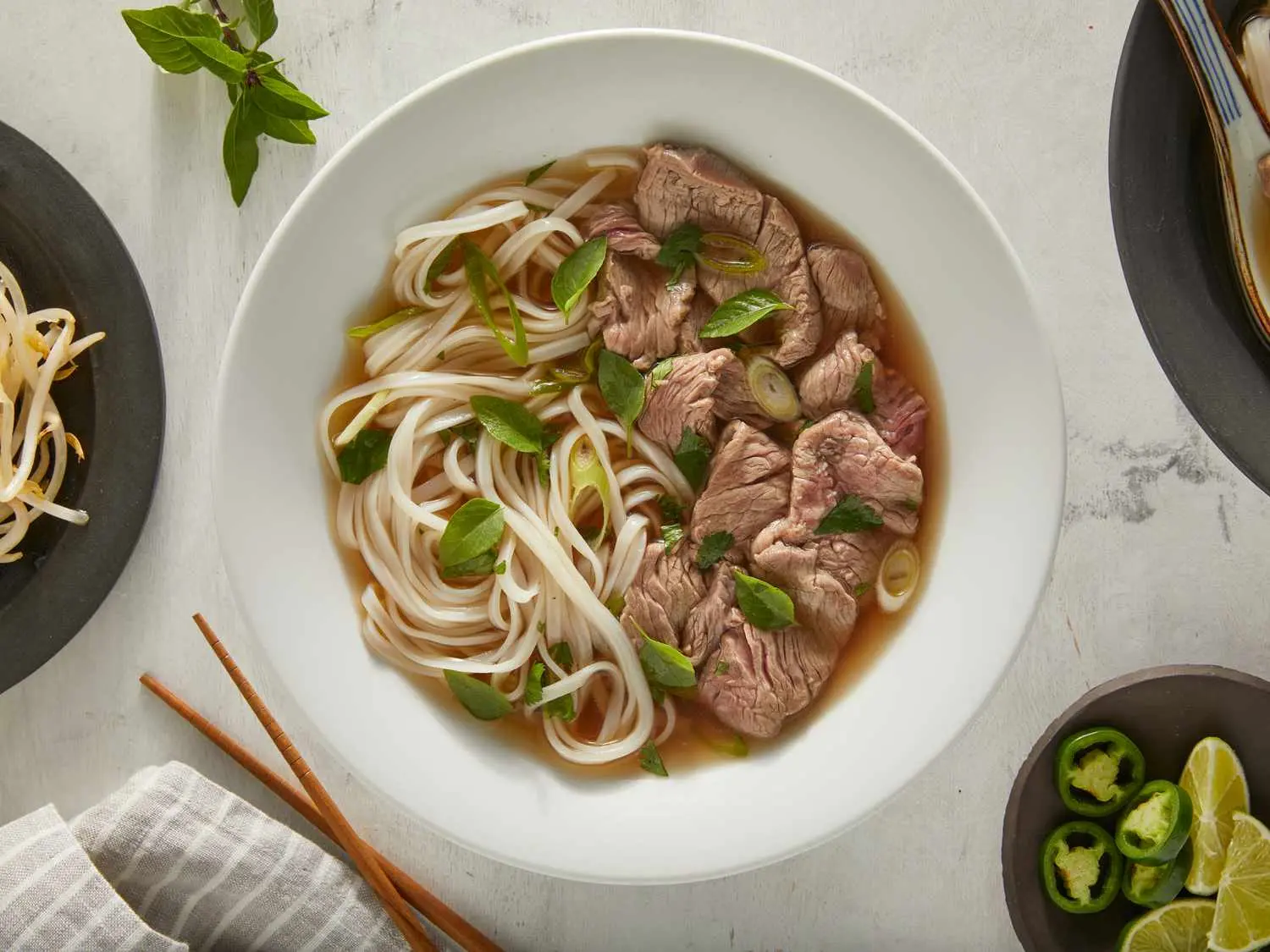
What The Color Of Your Pho Broth Reveals About Its Flavor And Quality
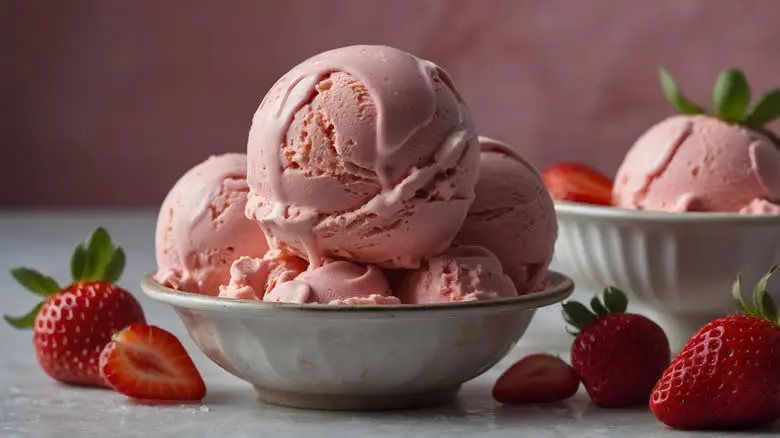
The Spicy Condiment That Works Surprisingly Well On Ice Cream
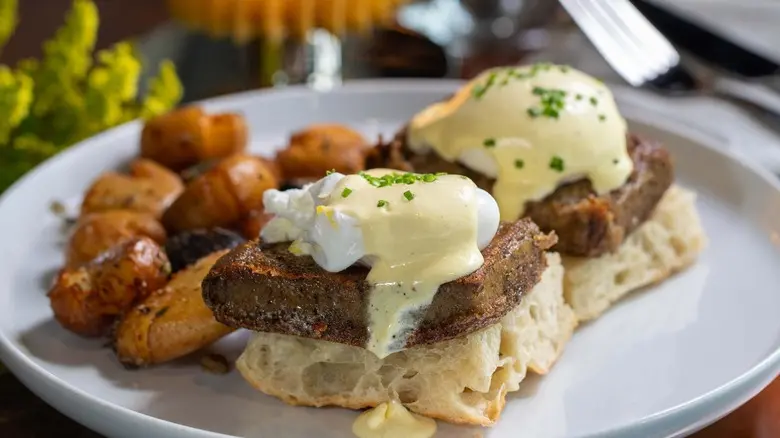
What Is Scrapple And What's The Best Way To Cook It?
Next up

